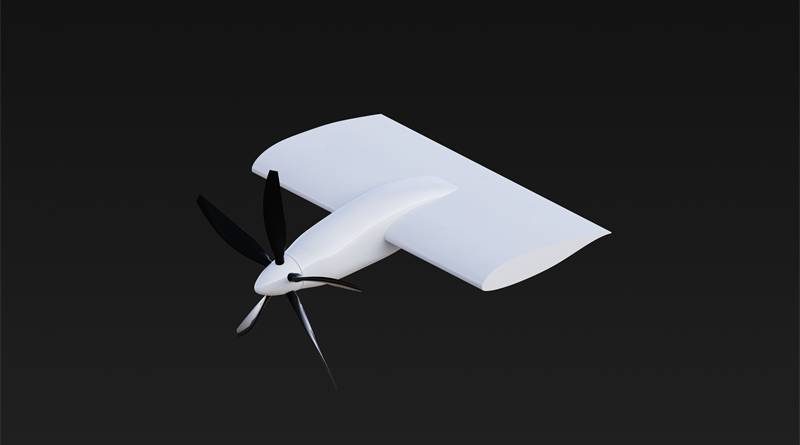Heart Aerospace Files Patent for Innovative Nacelle Integration Design, Improving Flight Characteristics of the ES-30
Heart Aerospace, the Swedish hybrid-electric airplane maker, has filed two EU design applications and one patent application for an innovative new nacelle integration design that significantly improves the flight characteristics of its regional hybrid-electric aircraft, the ES-30, allowing it to operate on shorter runways.
In contrast to the most widespread designs, that locate the nacelle under the wing, Heart’s solution is centred on the wing and designed for a vortex generation at a high angle of attack (the angle between the wing and the oncoming airflow), preventing the nacelle from significantly deteriorating the wing’s performance.
“This innovation reflects Heart’s strategy to simultaneously develop both the aircraft’s design and the production process, ensuring rapid innovation and ability to adapt to changes,” says Anders Forslund, co-founder and CEO of Heart Aerospace.
Heart today revealed its first full-scale airplane demonstrator, the Heart Experimental 1 (Heart X1), which signifies the company’s creation of a flexible manufacturing process that is repeatable, automated, and uses automatic inspection.
“Our new nacelle integration design will be manufactured inhouse, using automated composite technology, and incorporated on Heart’s upcoming airplane prototype, the Heart X2,” says Ben Stabler, Chief Technology Officer at Heart Aerospace.
The interaction between a wing and a nacelle—the engine housing mounted on the wing—plays a crucial role in determining an aircraft’s aerodynamic performance. At high angles of attack, traditional nacelle designs can cause airflow separation, leading to stall and a rapid loss of lift.
Heart’s design minimizes the aerodynamic interference between the nacelle and wing, allowing for a higher angle of attack and delaying stall. This improves lift generation during both cruise and landing phases, giving the ES-30 the ability to fly at lower speeds with greater aerodynamic efficiency.
As a result, the aircraft will be able to operate on shorter runways, opening new opportunities for regional air travel.
“The operation of electric airplanes requires highly efficient aerodynamic designs and our research on propulsion integration centred on the wing has led to a concept that significantly outperforms conventional designs” says Alain Cuenca, Senior Aerodynamics & Thermodynamics Engineer at Heart Aerospace. ”Innovations like this are key to making electric aviation a reality.”
Heart is developing the ES-30, a regional hybrid-electric airplane with a standard seating capacity of 30 passengers, which promises to deliver unparalleled sustainability and efficiency on short-haul routes. With an electric zero-emission range of 200 km and an extended hybrid range of 400 km.
ENDS




